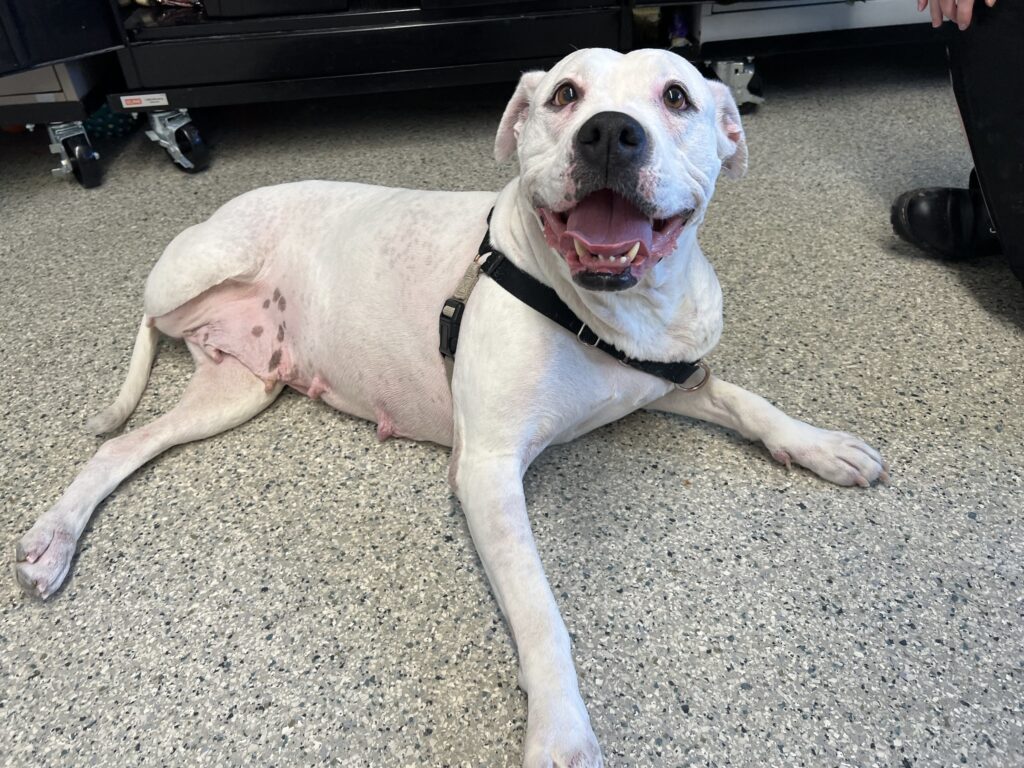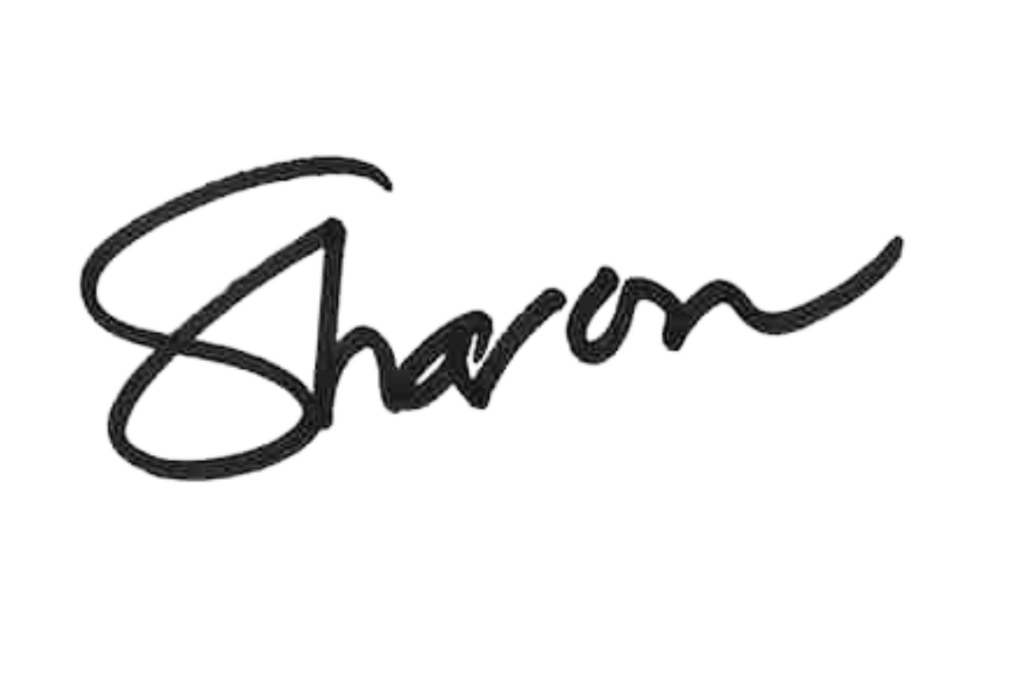March 10, 2025
No-Kill: A Pat on the Back for People, Suffering for Animals
Most of us have been spending more time on social media recently, following upsetting world events. I know I have, and of course that leads me then to scrolling through more animal-related posts. I’m lifted by the celebratory OHS post-adoption photos and warm stories of community animals, but I’m increasingly alarmed by negative reactions to the OHS as a “kill shelter.” In a world that thrives on five-word sound bites, it’s extremely harmful to animals to reduce an extremely complex issue to so few words.
The irony is that there is no accepted standard for what it means to be a no-kill shelter — sometimes defined as 90% of animals admitted to the shelter leaving alive, sometimes defined as animals not being euthanized because of time spent in the shelter or a lack of space. By the latter, the OHS is technically a no-kill shelter, but we will never use the term. At the OHS, we are an open-admission, no-suffering shelter.
At a glance, no-kill is a noble goal, but looking closer unravels the problems, shortfalls and divisions that arise when animal shelters work to meet an arbitrary and unrealistic metric rather than the specific needs of the animals and their community.
No-kill is an attractive marketing tactic, an easily understood catch-all term to gain a community’s trust. The trouble starts with how some animal “rescues” have gone about achieving the no-kill label. Limiting their intake to desirable pets, fudging reporting and statistics or electing to transfer animals who need humane euthanasia to other facilities.
Working to achieve no-kill status can easily become a tail-wag-dog situation, where decisions are made not in the interest of doing the best for the most animals in need, but for the sake of maintaining a statistic and a status.
No-kill gets even stickier when it creates rifts between community groups who should be working to protect animals. I’ve had many discussions with people who hold deeply varied views of humane euthanasia, some as far as believing that euthanasia should never be considered. These conflicting philosophies are sometimes enough to pit caring people against each other, even if both hold the ultimate goal of making tomorrow better for animals.
Credit where credit is due, since its North American inception in the 80s when euthanasia rates were much higher in Canadian and American shelters, the no-kill movement was undoubtedly a contributing factor in seeing more animals rehomed and rehabilitated. Coupled with cultural shifts, greater community awareness, and increasing advocacy and responsibility towards animals, the past few decades have seen a revolution in the role pets play in our lives and how their well-being is valued and protected.

Today, focusing entirely on avoiding euthanasia rather than the bigger picture needs of a community and its animals is a recipe for suffering. At the OHS, we never turn away animals in need, regardless of their condition. An undersocialized and fearful dog who was bred by someone who couldn’t find a buyer and had to cut their losses, a cat who has developed chronic and complex health issues after a lifetime of not seeing a veterinarian, an older dog whose owner had dreamed of them being a guard dog and encouraged dangerous behaviours — there are all types of animals who need help at the OHS and our caring team is here for them.
Believe me, we will go great lengths to resolve an animal’s needs and secure their second chance. We’ve worked hard to provide more medical pathways for animals, vastly enhance our behaviour supports and intervention services, and build partnerships with other animal groups to meet highly specialized needs.
Will we ever reach a no-euthanasia society? No. Humane euthanasia is an essential service to protect an animal from needless and excessive physical or mental suffering and in some cases, to keep a community safe. What we can achieve, however, is a community that works in partnership to build a safety net for pets and people, diminishing the need for emergency intervention and rehabilitation.
I’m proud of the efforts the OHS team makes to help the thousands of animals who come into our care every year, and I am grateful for the trust and support of our community that ensures we can do the best for the most animals in need.
Can we do better? Always. But we need to do it together. In a world of increasing divisiveness, let’s work together to secure a better tomorrow for Ottawa’s animals and the people who love them.

Sharon Miko
President & CEO
